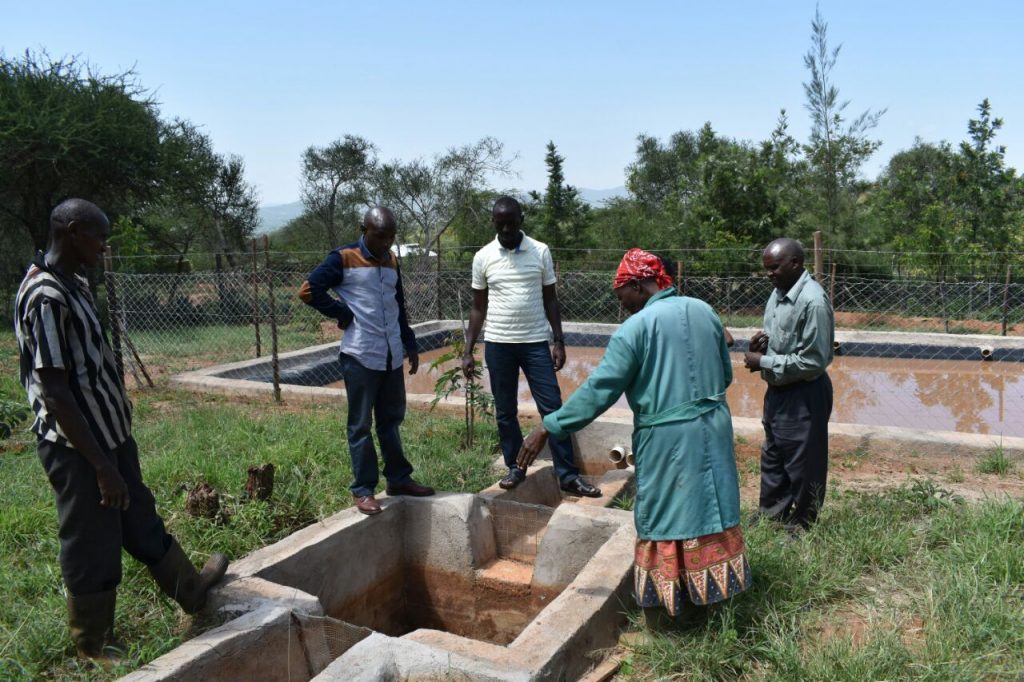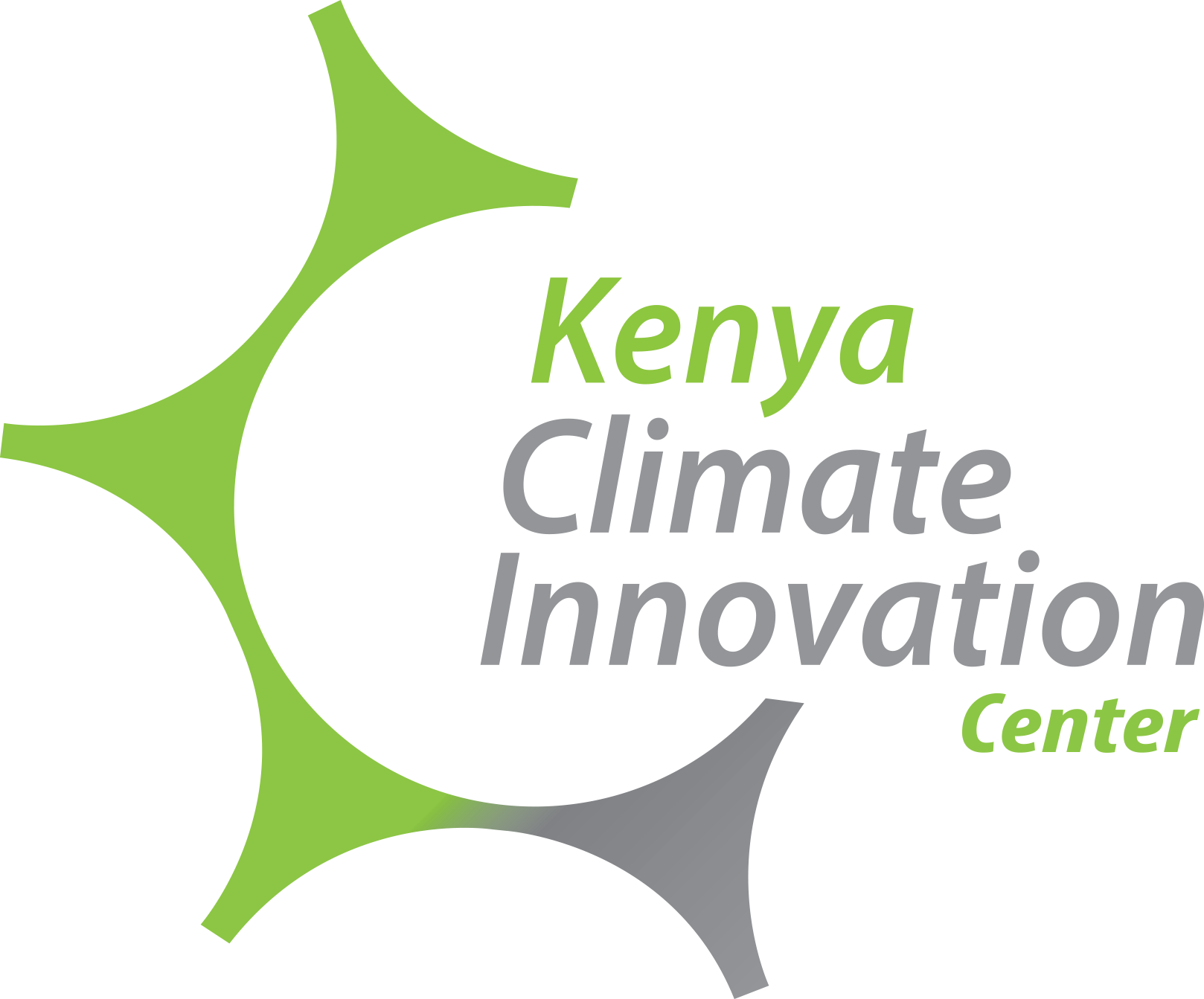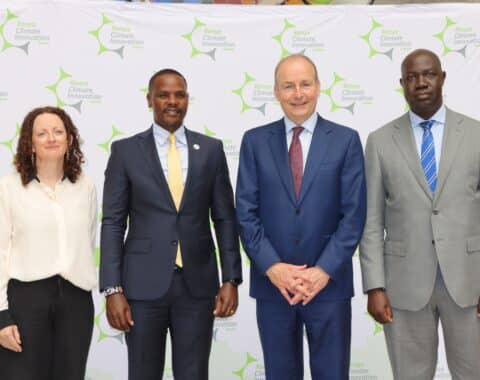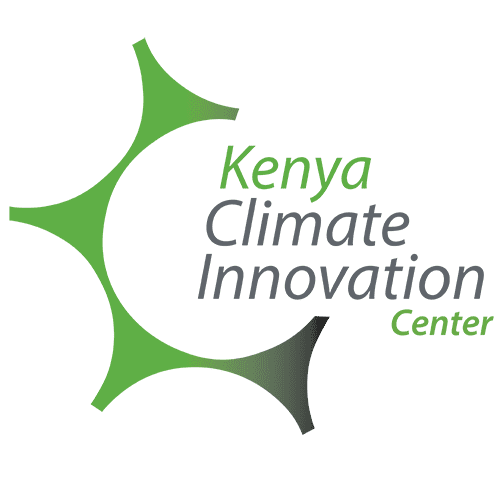
If all the water that runs off the surface when it rains could be harvested, food and water insecurity would be completely tackled. Drought and communities going without food would be a thing of the past. Large water volumes, which could go a long way in alleviating human suffering and other food related challenges, flows off the ground untapped. Rain-fed farming as practiced by a majority of farmers in Kenya is under serious threat from climate change. The increase in temperatures over the years has made it close to impossible for plants to survive without reliable supply of water.
Nutri-Fresh Farm & AgriHub, which was established in 2015 has been in the business of making water harvesting installations for farmers, especially with the advent of unreliable rainfall patterns. The numerous drought episodes that the country has experienced could be history if more farmers adopted these water harvesting solutions.
In the heart of Matuu, Ndalani in Machakos County, more than 15 kilometers off the main Garissa Road, Matthew Muthama has installed a 100,000 litres pond for his mother Ruth Kiendi to ensure sustainable agricultural production. He is one of the more than 60 clients that the company has installed for water ponds in the country. Despite being one of the most arid parts of the country, the farm is green with a variety of crops, both fruits and vegetables.
“I do not rely on rainfall to farm. I am able to plant and harvest crops all year round due to the constant water supply for irrigating my farm,” notes Muthama’s mother.
The company installs ponds of different sizes depending on the wishes of the client and it takes approximately a week to construct. The average pond is 10m square and 3m deep, with a holding capacity of 300,000 litres. The ponds are lined at the base and on the sides with a special black lining that prevents water loss. The ponds provide an efficient and practical method of harvesting ground run-off.
“With this method, farmers can comfortably irrigate their crops and be assured of higher yields and income,” noted Simon Wachieni, the Director of Nutri-Fresh Farm & AgriHub. “We are sensitizing farmers to adopt this system. With water availed using the ponds, they can also plant trees to increase forest cover and in essence tackle the effects of climate change.”
The initial installation cost can be prohibitive for farmers but this can easily be recouped after harvests, with increase in quantity and quality of produce. Investing in water ponds needs to be encouraged if communities (especially those in the arid areas) are to resume full time farming and end the culture of food aid.
Stakeholders such as county governments, financial institutions and other community based organizations need to come together in sensitizing farmers on water harvesting and providing financing facilities for farmers to invest in such solutions.
Muthama’s farm is one of the success stories among many across Kenya where the company has undertaken water harvesting installations. These farmers can now access water to irrigate their land even in dry periods. The model needs to be scaled up to improve Kenya’s food security status.
By Mercy Mumo












